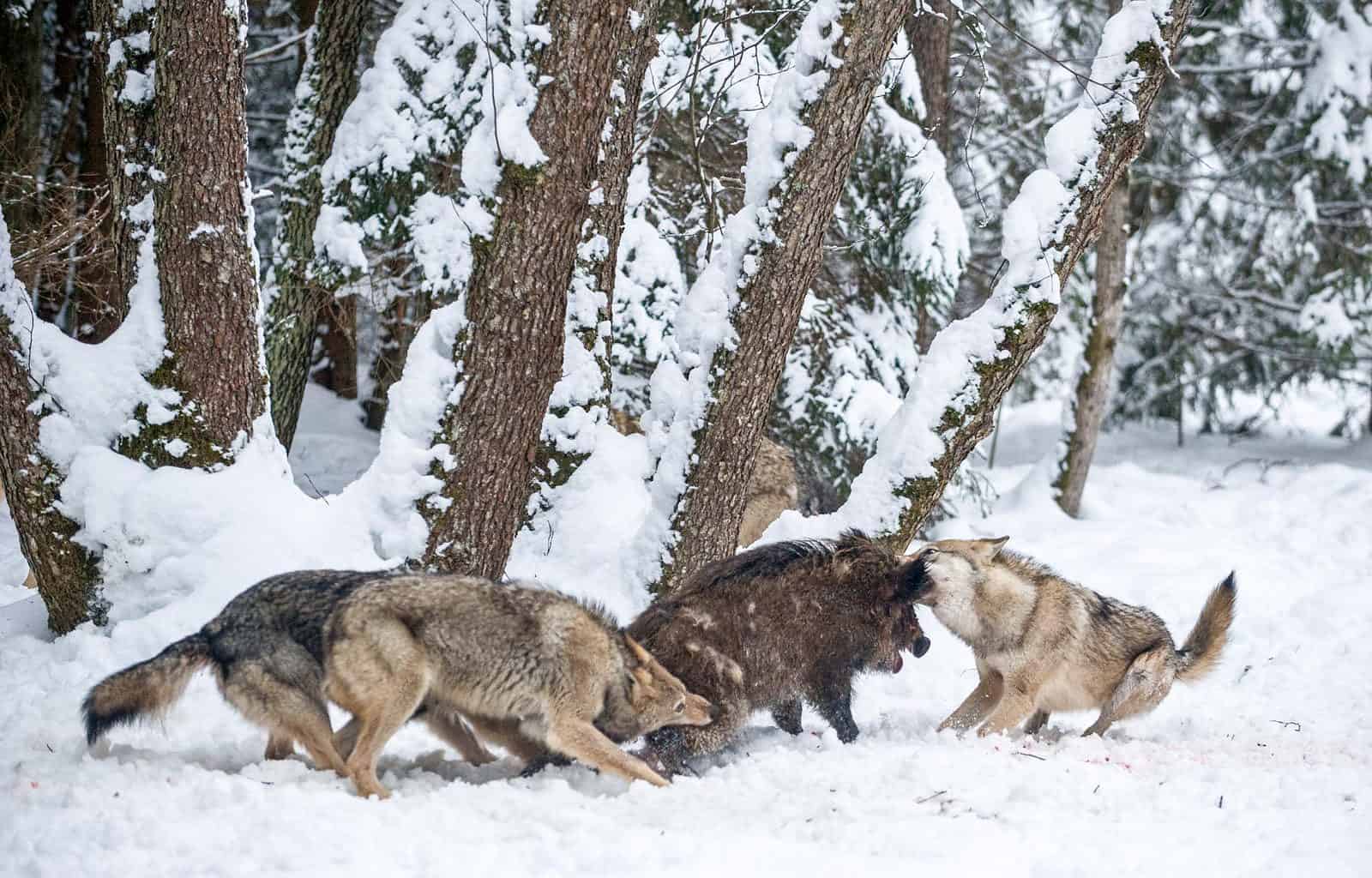Hundreds of reptile species face extinction
A study was published in Nature recently reviewing the status of over 10,000 reptile species worldwide. Things are not looking good for the cold-blooded creatures.
One in five species threatened with extinction
About a fifth of reptile species, namely 1,829 species – from the Galapagos tortoises to the Komodo dragon of the Indonesian islands, from West Africa’s rhinoceros viper to India’s gharial – are threatened with extinction. This means that they are categorized as being vulnerable, endangered or critically endangered in the IUCN criteria. When species lacking detailed data were included into the analysis, the researchers estimated that 21% of species overall are threatened. 31 species have already gone extinct. As a comparison, previous status reports found about 41% of amphibian species, 25% of mammal species and 14% of bird species were threatened with extinction.
Reptiles, to many people, are not charismatic, and there’s just been a lot more focus on the furry or feathery species of vertebrates for conservation. But through persistence we were able to find the funding needed to complete the study.

An uphill battle for reptile conservation
Factors that threat reptilies are similarly to those that apply to the world’s other land vertebrates – amphibians, birds and mammals: habitat loss because of deforestation for agriculture, logging and development, urban encroachment and hunting by people. In addition, climate change and invasive species also pose uncertain challenges to them.
Threats to reptiles were most acute in forest environments, according tothe study. About 27% of reptile species restricted to forested habitats were found to be threatened with extinction, compared to about 14% of species inhabiting arid habitats. Arid habitats have fewer natural resources and are less suitable for agriculture than forests. Therefore, there have happened less changes than to forested habitats until now.
Crocodiles and turtles at highest risk
Crocodiles and turtles were among the most at-risk species and in need of focused conservation efforts, with respectively around 57.9% and 50% of those assessed being under threat, the study found. The authors said that the lack of data on reptiles and their habitats had restricted conservation efforts.
This global assessment is a key beginning to understanding reptile conservation needs. Now we know where the priorities are and what the threats are that we need to ameliorate. There is no longer any excuse for leaving reptiles out of conservation planning and implementation efforts worldwide.

Costa rican snake as a victim of oil palms
Just to put out an example what is happening to reptiles worldwide: A snake called the black-headed bushmaster, which feeds on small forest mammals such as rats, was once widely distributed in the lowland rainforests along the Pacific slope of Costa Rica. Widespread deforestation, including the conversion of forests to oil palm plantations, has fragmented the habitat to the extent that the species is now categorized as vulnerable.
Alarming trend in Europe already 10 years ago
Having a closer look to Europe, the situation is not any better. Europe is home to 151 reptile species, many of which are found nowhere else in the world. Six reptile species including the Tenerife speckled lizard and the Aeolian Wall Lizard have been classified as Critically Endangered. 21 more species are facing a very high or high risk of extinction in the wild.
In total, 42 % of European reptiles are in decline, which means that reptiles are even more at risk than European mammals and birds. This alarming trend has been stated already 10 years ago. Europe´s reptiles are under enormous pressure, despite strong legislation protecting the habitats and most of the species concerned.
Can we prevent a global extinction catastrophe?
According to the authors of the current study, global collaboration and commitment are a must if we want to prevent an extinction catastrophe. Measures such as increasing public understanding of the importance of the issue, better funding and more rigorous integration of biodiversity concerns into other policy areas need to be implemented urgently.






